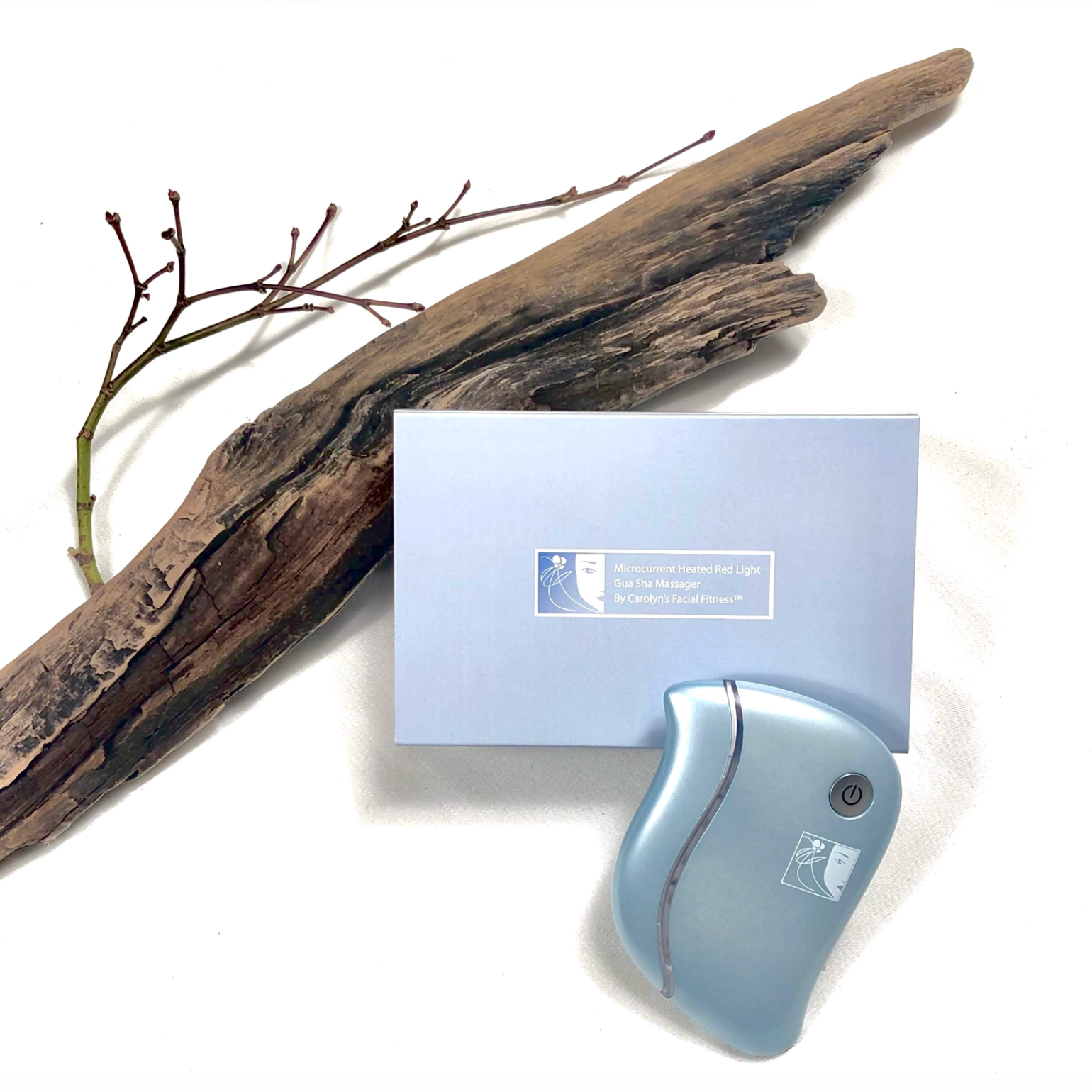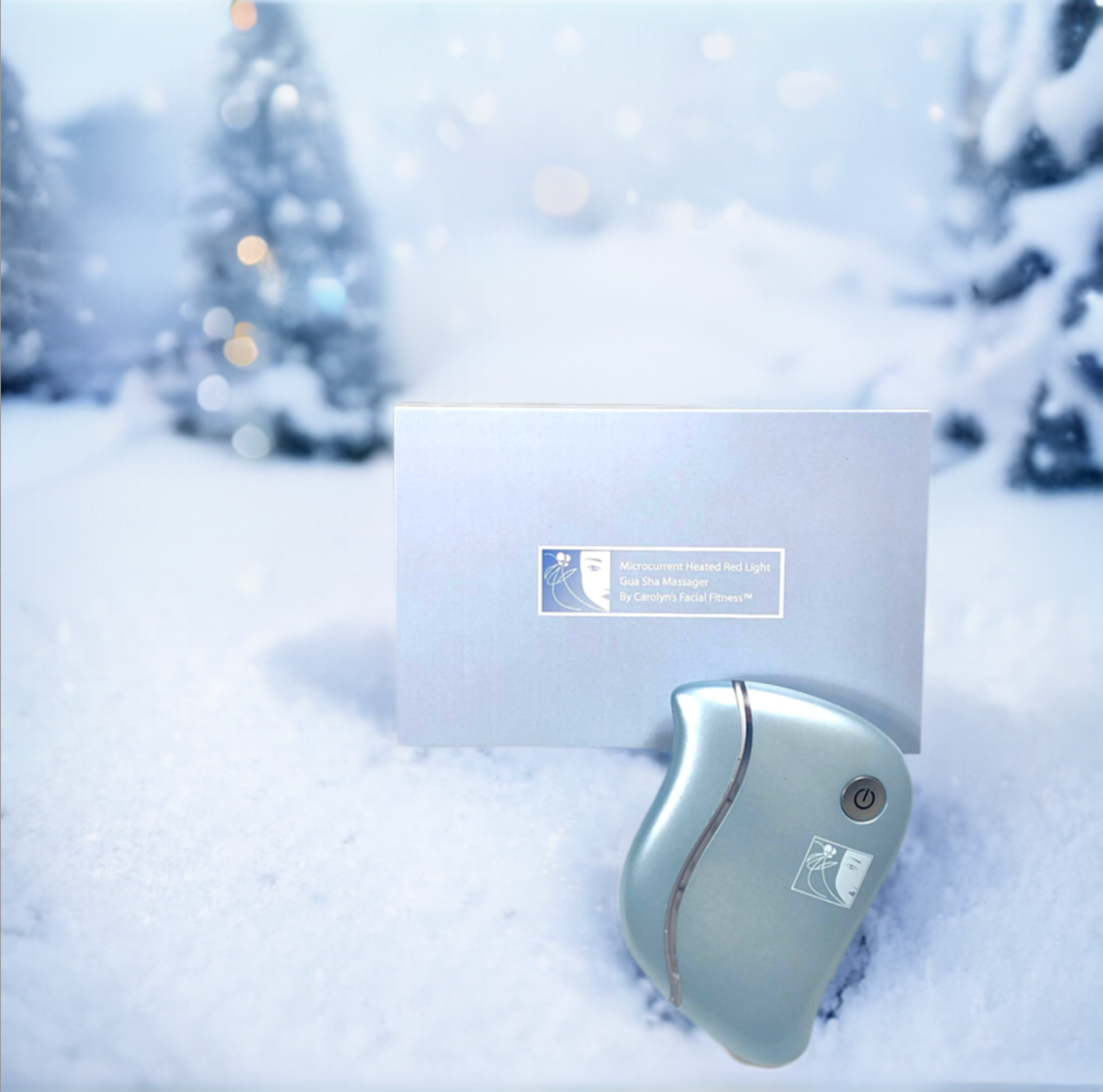“With remobilization, tendons and ligaments recover their structural and material properties” {3}. This is a quote from a scientific study on ligaments and tendons in the body. In other words, with exercise, tendons and ligaments rejuvenate to their original shape and condition.
What causes facial sagging?
As we age the ligaments of the face stretch and become longer. {1} This is one of the reasons our faces sag and droop as we age. The subcutaneous layer of fat in the face lies within relatively consistent anatomical compartments that are separated by connective tissue and a thin layer of organic material, laminae. See figure 2.4. As the ligaments stretch, the fat deposits literally slide down causing facial sagging.

Fig. 2.4 Subcutaneous fat compartments of the face, as described by Rohrich et al. The subcutaneous fat in the face lies within relatively consistent anatomic compart- ments separated by connective tissue laminae. Adapted from Rohrich and Pessa {3}
Reasons for the stretching of the ligaments
There can be several reasons ligaments stretch over time. The first one is gravity. As we age, gravity pulls down on all of our tissues. Ligaments in the face are also affected by gravity, of course. Genetics also play a part. For example, if your family is known for hanging jowls, you may be genetically disposed for such an occurrence as you age. There are also the environmental factors from UV damage to smoking and poor life-style choices that also take a toll on our facial structure and skin! There’s even some bone loss along the edges of the orbital bones in the skull as we get older. And, of course, aging is a main cause for sagging as we lose those subcutaneous fat deposits over time.
What can be done to prevent or correct facial sagging?
The good news is that with remobilization, tendons and ligaments recover their structural and material properties. {3} That means with exercising the face as we do with CFF, you not only rejuvenate the ligaments and tendons, but they will revert back to their original shape with exercise. So, those ligaments that have lengthened with age can be revitalized with facial exercise.
Furthermore, since the muscles in the face go through the skin, allowing us to show facial expressions, you also bring up the skin to a firmer, tighter-looking, youthful look as you exercise. You can tone and build facial muscles giving you back the youthful contours you had when you were young.
Conclusions
Facial sagging is caused by many factors. It includes volume loss – muscle atrophy as we age, volume descent mostly due to the lengthening of ligaments and tendons due to gravity, skin alterations that are mostly environmental in nature from UV damage, cigarette smoking and poor life-style choices and bone loss in the orbital boney parts of the skull, jaw line and mid-section of our faces as we age.
Facial exercises can help to correct every one of these consequences as studies have proven that ligaments and tendons can recover their original shape with exercise {3}. Bones are challenged with exercise. This means you can rejuvenate bones that have deteriorated and prevent any further bone loss with facial exercise. Furthermore, you can shape your face to some extent as you tone and build muscle fiber, as well. CFF has a carefully thought-out, researched routine that gives you back the youthful contours of your face and neck and it can be achieved in only a 15 minute workout a few times a week.
{1} The Anatomic Basis of Midfacial Aging a thorough scientific study of why our face sags as we age.
{2} Biomechanical Properties of the Facial Retaining Ligaments a study on ligaments in the face as we age.
{3} Tendon and ligament adaptation to exercise, immobilization, and remobilization,Tendon and ligament adaptation to exercise, immobilization, and remobilization.



